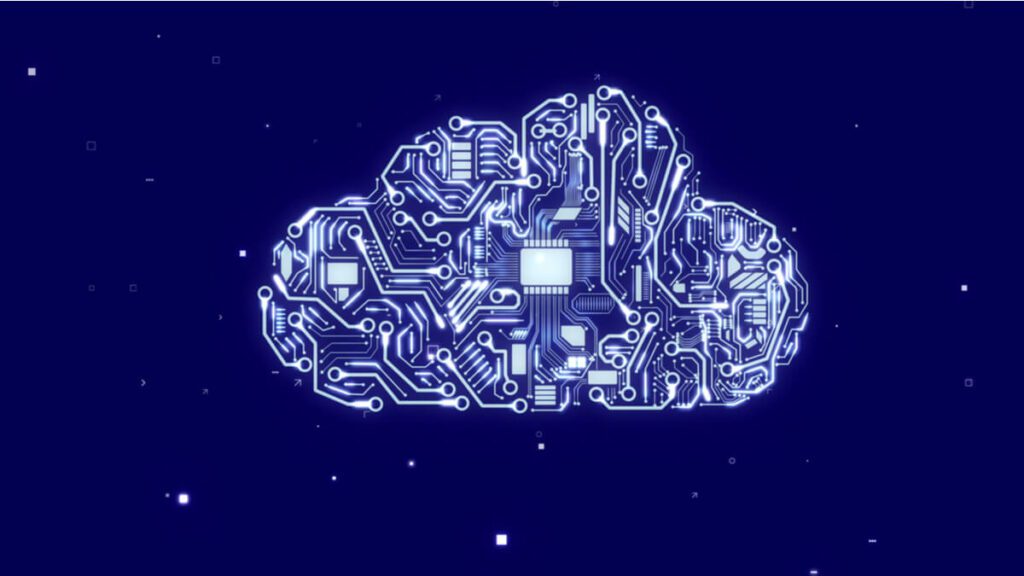
The novel COVID-19 pandemic has placed a spotlight on how technology can aid the healthcare industry in improving operations, cutting costs, and taking patient care to whole new level.
One of the major technologies making strides is healthcare cloud computing, since it allows hospitals and medical facilities the flexibility patients need to receive care in more untraditional ways.
Healthcare cloud computing is considered as important as ever as the global population changes, and medical facilities looking into more viable approaches to treatment.
According to research from Precedence Research, the healthcare cloud computing market will see a capital expenditure (CAPEX) of $65 Bn by 2027 and is projected to grow at a significant CAGR of 17.8 percent during the forecast period 2020 to 2027.
Naturally, healthy systems and hospitals that already leverage data and technology when the pandemic hit, were in the best shape to make the move to remote work and care, as they maintained patient channels across the board.
There is a setlist of accomplishments that healthcare cloud computing was able to rack up during the crisis, among them:
- Contact tracing and disease surveillance
- Using data to predict staffing and patient capacity needs
- Remote patient monitoring
- Increasing the construction of pop-up hospitals in rural areas
- The use of artificial intelligence (AI) to aid patients find the needed information or speak to the right healthcare professional
- Deep learning algorithms that can assess raw medical images, to screen, predict or diagnose diseases
While these accomplishments allowed the industry to do its job at a much more efficient rate, proper infrastructure is needed to make the pivot toward the cloud quicker and more encompassing. But a pandemic is no place to initiate a massive and sophisticated technological overhaul, which is why it will require time to reach the expected results.
However, as we enter the turning point of the disease with several vaccines making headway across the globe, legacy systems are in need for modernization initiatives to scale up the logistics of the industry as well as the vaccines being administered.
This transformation is achieved by accelerating the shift in workloads from the data centers to the cloud. “We are seeing the establishment of intelligent and secure data platforms, empowering smart, connected hospitals,” said Adam Lewis, Global CTO for Healthcare & Life Sciences at Atos.
The pervasive use of internet of things (IoT), connected and cognitive devices, and wearables are driving data, which also allow for intelligent insights for clinicians and patients. Data is essential to understanding patient wellness, prescribing preventative measures, and identifying medicine or treatments.
Looking into the future, healthcare organizations should focus on the technologies and solutions that enable the highest quality of care to be attained, said Lewis. “The wealth of data unearthed is now available to drive insights, encourage wellness, and proactively assist in managing the resources you have which are available,” he added.